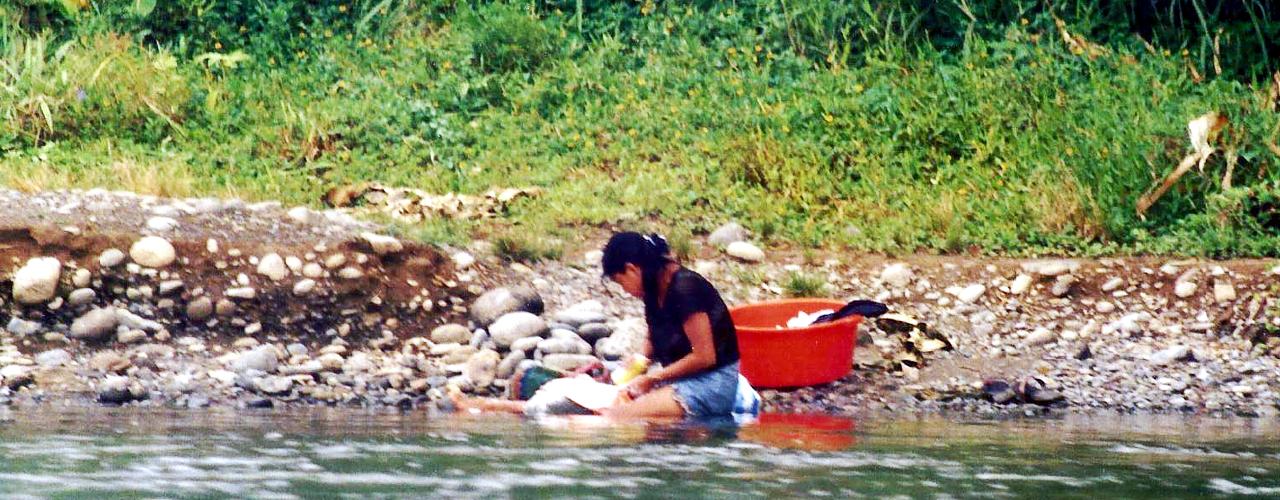
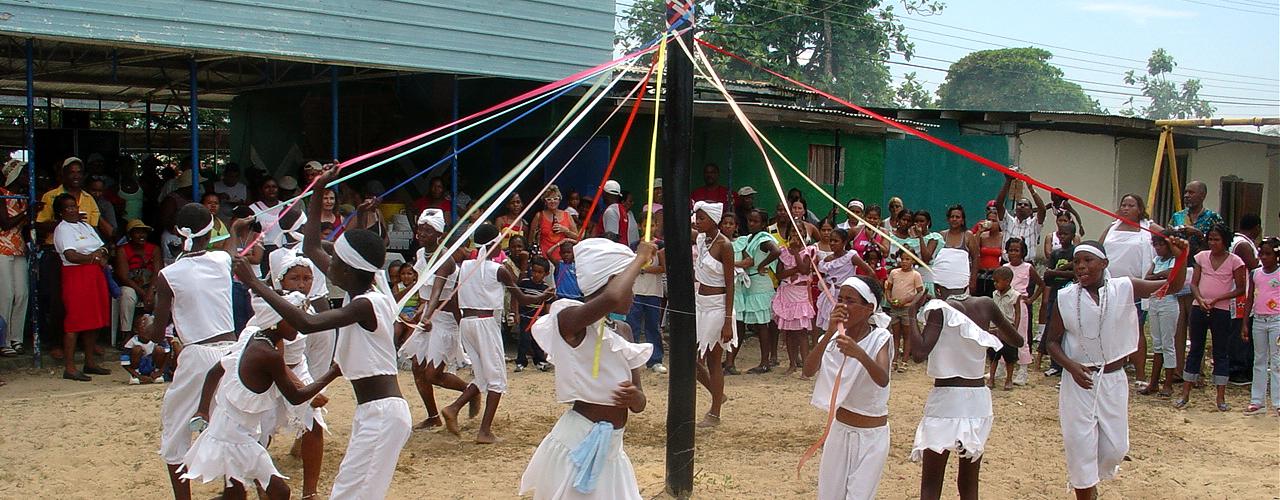
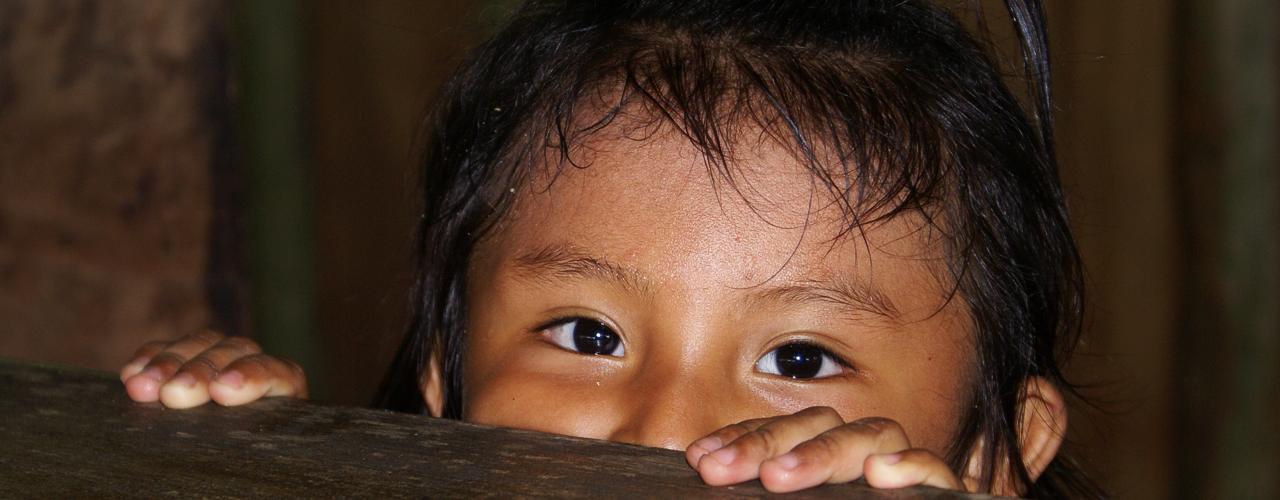
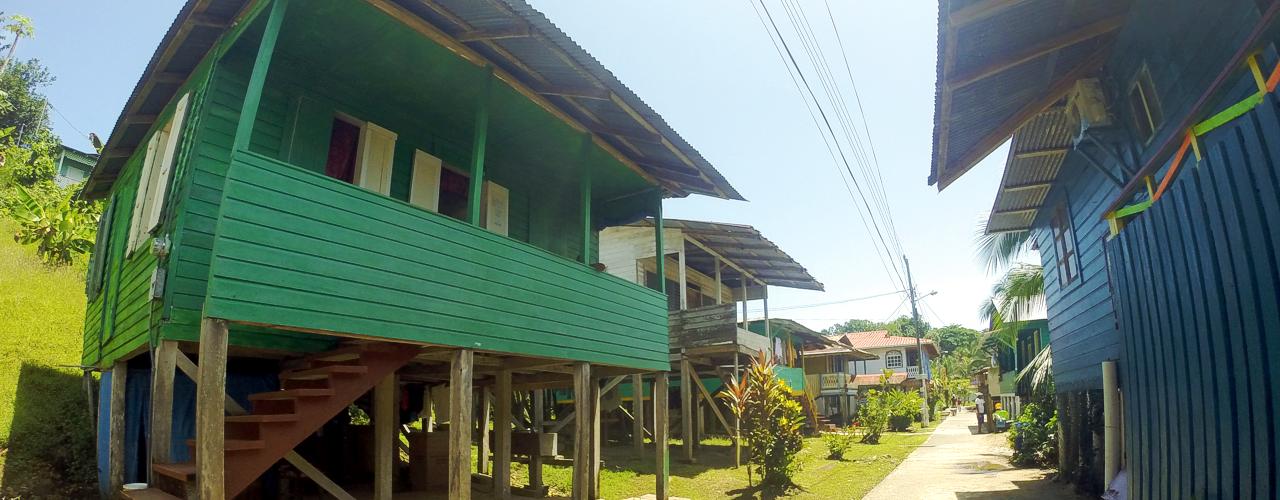
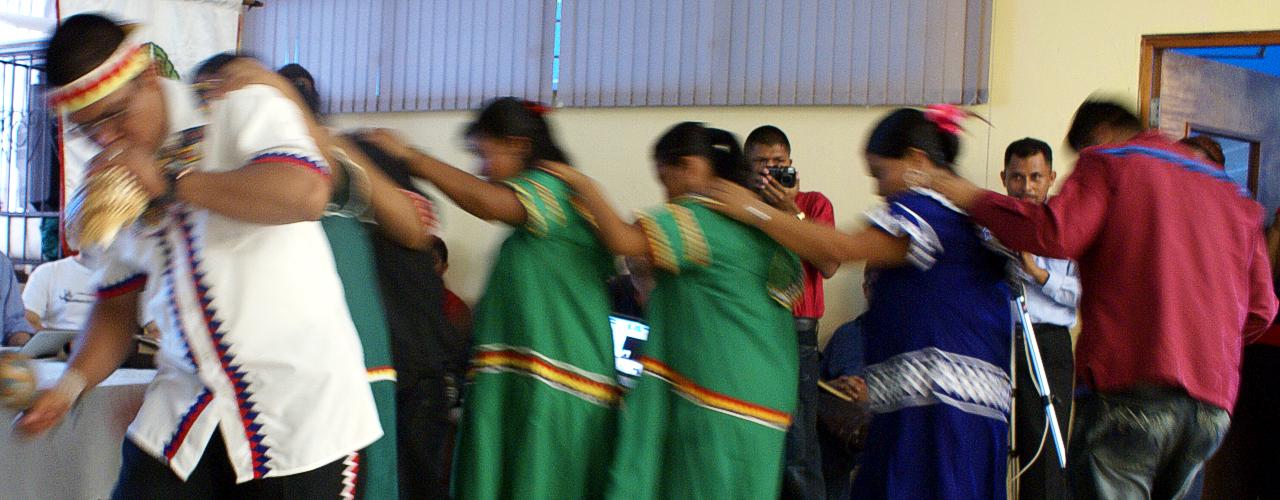
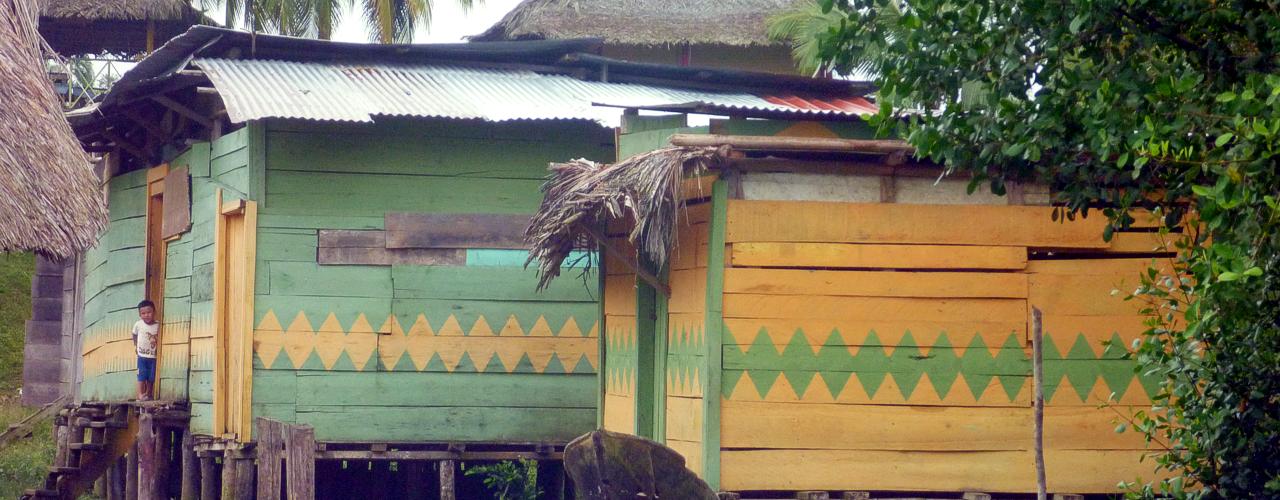
The cultural diversity of the Bocas del Toro Province






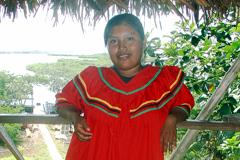
It is the largest originary people of Panama and of the province of Bocas del Toro, where they are distributed throughout the region with the exception of the Teribe River valley, where are located the Naso Tjer Di.
Out of Bocas del Toro, they have their Reservation (Comarca), created and recognized by the Nation in 1997, but they are also located in the provinces of Chiriqui, Veraguas, Cocle and neighboring Costa Rica.
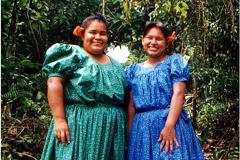
They are distributed along both banks of the Teribe river, although there are small groups living in adjacent regions, including the neighboring Costa Rica, where they are known as Terrabas.
The Teribes, as they were called before, have called for the creation of their reservation, but their desire has not been satisfied yet.
Los Naso Tjer Di tienen la particularidad de ser gobernados por un rey, hecho único en America.
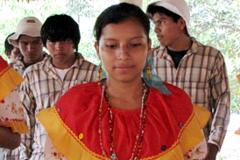
It is a native group with a strong presence in the canton of Talamanca, Costa Rica, where they are settled in the mountainous region starting from the border with Panama and with a small presence in communities near the Sixaola River, in the Bocas del Toro area.
As these border have been imposed to them, this binational presence of this people and of Ngäbes and Naso Tjer Di, is something normal there.
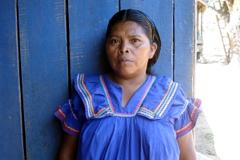
Since the creation of the Ngäbe-Bugle reservation, both indigenous peoples have been wrongly interpreted as one.
Really both (Bugle and Ngäbe) are different ethnic groups, each with its own customs and language.
The Bugle inhabit areas of the Reservation along the shores of the Caribbean Sea, which were part of the province of Bocas del Toro, but also live integrated Ngäbe in communities, in that province.
Even when there were blacks in Panama, brought as slaves by the Spaniards starting from the early sixteenth century, three were the events that marked the presence of Afroantilleans (from the English and French speaking Caribbean islands) which led to their settlement in the Caribbean coast, especially in Colon and Bocas del Toro:
the construction of the railroad between Panama and Colon, during the California Gold Rush, the appearance of the banana companies and the Panama Canal construction, works where they were hired as manpower.
After the last event, in the early twentieth century, some 20,000 Afroantilleans settled in Panamanian land while the rest returned to the islands, including Jamaica, San Andrés and Martinique.
A few, from the latter, spoke French.
In Bocas del Toro members of this important ethnic group, currently live in major cities of the Province, such as Bocas del Toro, Almirante and Changuinola, and lesser amounts in Chiriqui Grande.
However, the place par excellence that brings to mind the colorful and lively people is the town of Bastimentos, where also their homes mentally lead us to the legendary Caribbean islands.
More about Bastimentos


